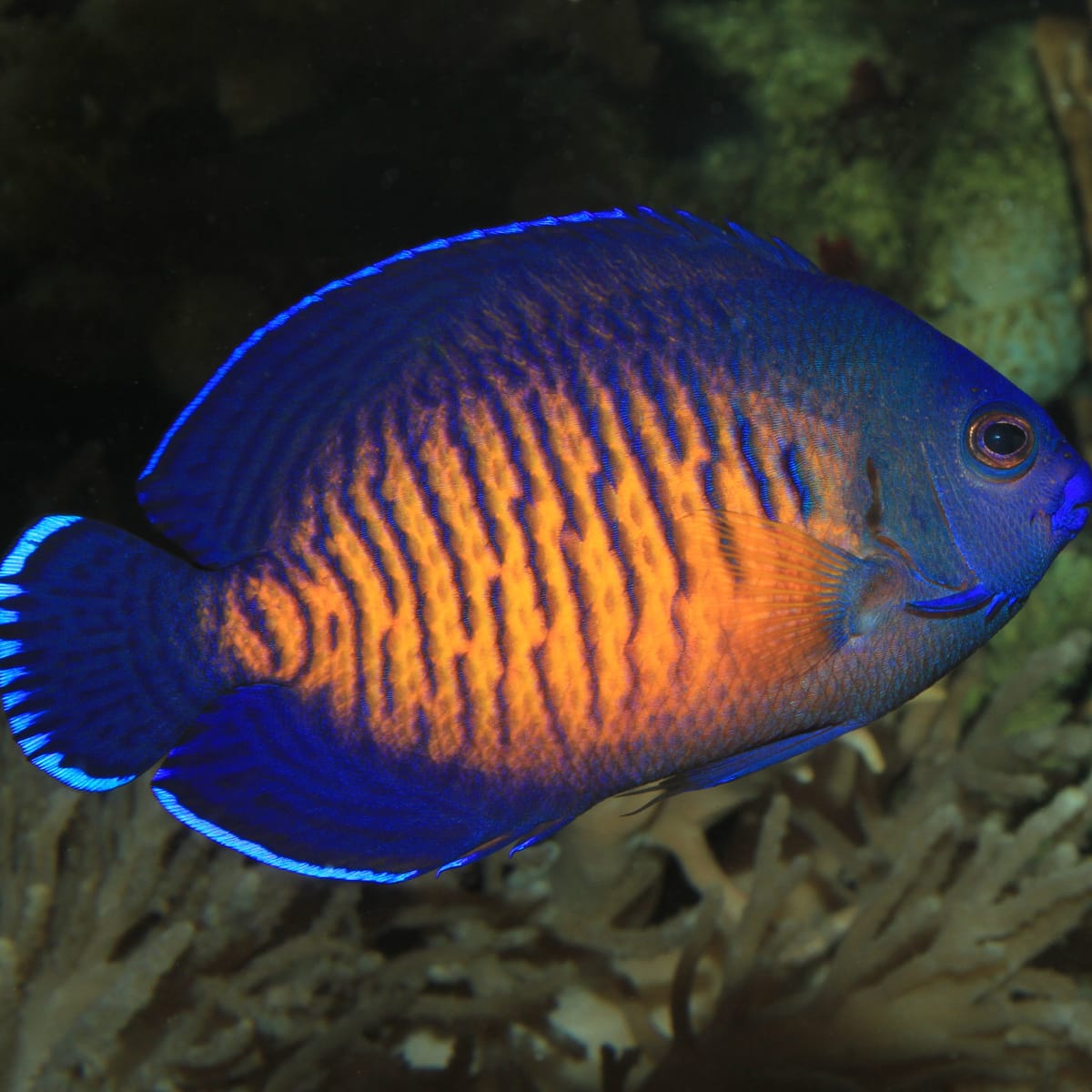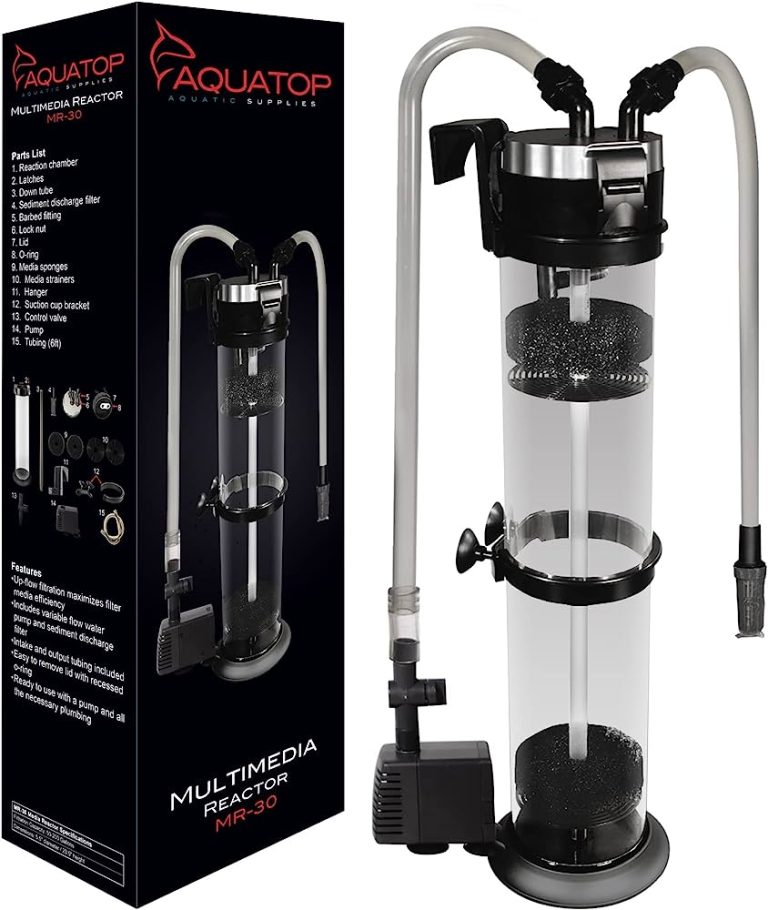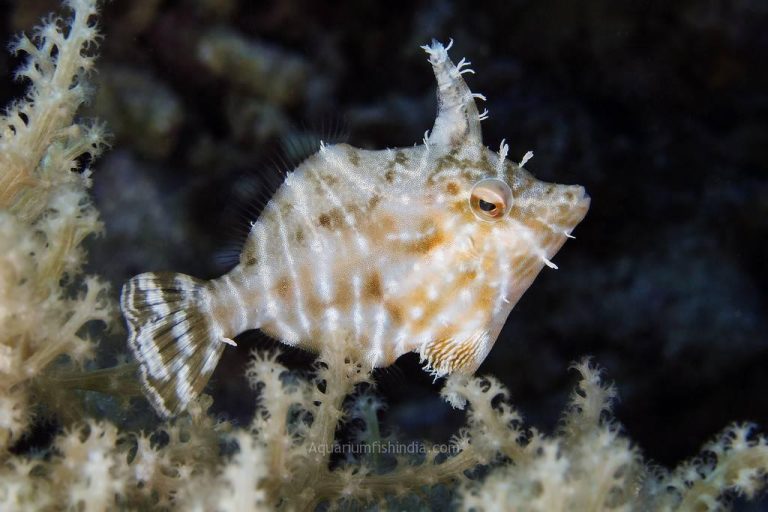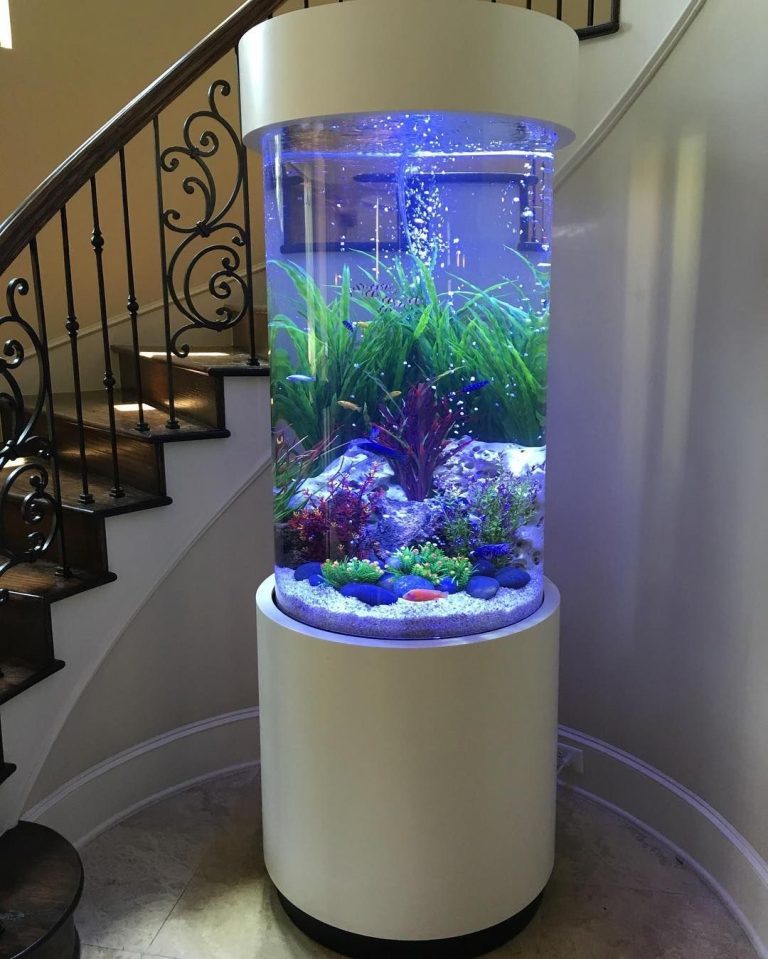Biota Captive Bred Fish
Biota Captive Bred Fish: A Sustainable and Thriving Option for Aquarium Enthusiasts
With concerns about the impact of overfishing and habitat destruction on wild fish populations, many aquarium enthusiasts are turning to biota captive bred fish as a more sustainable and responsible choice. But what exactly are biota captive bred fish and why are they gaining popularity in the hobby?
In simple terms, biota captive bred fish are fish that have been bred in captivity rather than being taken from the wild. This sustainable and controlled process not only helps to conserve natural populations but also produces healthy and disease-free specimens for aquarium hobbyists.
In this article, we will explore the various benefits of choosing biota captive bred fish for your aquarium, examine the breeding process, and address some common questions and misconceptions surrounding this topic.
The Benefits of Biota Captive Bred Fish
When it comes to keeping fish in captivity, there are numerous advantages to choosing biota captive bred specimens over wild-caught ones.
1. Conservation and Sustainability
By opting for biota captive bred fish, you are actively contributing to the conservation and sustainability of marine and freshwater ecosystems. Wild fish populations are often subjected to heavy fishing pressure, leading to a decline in their numbers and potential extinction. Supporting captive breeding programs helps reduce the reliance on wild-caught specimens and lessens the strain on delicate ecosystems.
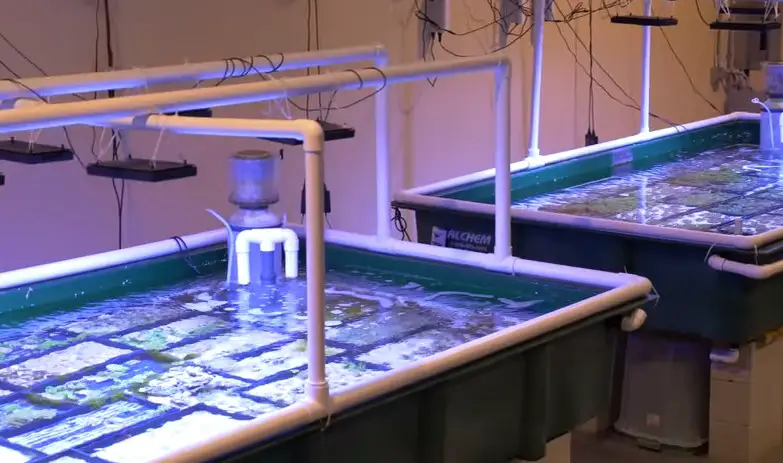
2. Health and Disease Prevention
Captive breeding programs prioritize the health of fish and strive to produce disease-free specimens. When fish are caught in the wild, they may carry parasites or pathogens that can infect other aquarium inhabitants. Captive bred fish, on the other hand, are raised in controlled environments and undergo rigorous health screenings to ensure they are free from any diseases or parasites. This makes them a safer choice for your aquarium.
3. Availability and Variety
One of the limitations of relying solely on wild-caught fish is the unpredictability of availability. With captive bred fish, on the other hand, you have access to a wider selection of species and varieties throughout the year. This allows you to create a diverse and vibrant aquarium that suits your personal preferences.
4. Adaptability and Compatibility
Captive bred fish are generally more adaptable to captive environments than their wild counterparts. They are accustomed to conditions found in aquariums and tend to have an easier transition from the breeder’s tanks to your own setup. This adaptability often translates into higher survival rates and better overall health for the fish.
The Biota Captive Breeding Process
Now that we understand the benefits of choosing biota captive bred fish, let’s delve into the breeding process itself and gain insights into the journey from initial reproduction to healthy juveniles ready for sale.
1. Selection of Breeding Candidates
Breeding programs carefully select suitable parent fish based on factors such as health, genetic diversity, and desired traits. This ensures that the offspring display desirable characteristics and are strong and healthy.
2. Conditioning and Stimulating Reproduction
To encourage spawning, breeders provide the fish with optimal conditions and replicate natural spawning triggers such as temperature changes, lighting cycles, or simulated rainfall. These stimuli help to induce the breeding behavior necessary for successful reproduction.
3. Spawning and Egg Collection
Once the fish have spawned, breeders collect the eggs and transfer them to separate tanks or trays for incubation. During this stage, strict water quality control and monitoring are crucial to ensure proper development.
4. Larval Rearing
Rearing the larvae is often one of the most challenging stages in the breeding process. Tiny, delicate fish fry necessitate specific environmental parameters such as water flow, food availability, and lighting. Breeders closely monitor the development of the fry and provide them with appropriately sized live or formulated foods.
5. Growth and Juvenile Stage
With proper care and nutrition, the larvae gradually grow and reach the juvenile stage. At this point, they are robust and self-sufficient enough to be transferred to larger grow-out systems or sold to hobbyists.
Frequently Asked Questions
Now that we have covered the basics of biota captive bred fish, it’s time to address some common questions and concerns aquarium enthusiasts may have.
Question 1: Are biota captive bred fish as healthy as wild-caught fish?
Absolutely! Biota captive bred fish undergo stringent health screenings and are raised in controlled environments, resulting in healthier specimens. Their controlled upbringing also helps reduce the risk of introducing diseases or parasites into your aquarium.
Question 2: Are biota captive bred fish more expensive than wild-caught fish?
While the cost of biota captive bred fish may vary depending on the species and availability, they are generally comparable in price to their wild-caught counterparts. Additionally, the long-term benefits of supporting captive breeding programs far outweigh any initial price differences.
Question 3: Can I mix biota captive bred fish with wild-caught fish in my aquarium?
In most cases, biota captive bred fish can be successfully introduced to aquariums with wild-caught fish. However, it’s essential to consider each species’ individual compatibility and ensure that they have similar environmental and dietary requirements.
Final Thoughts
Choosing biota captive bred fish for your aquarium is not only a responsible choice but also a way to contribute to the conservation and sustainability of fish populations. By supporting the efforts of captive breeding programs, you can create a thriving and visually stunning aquarium while minimizing the impact on wild populations. So why not join the movement and make a positive difference in the world of aquarium keeping?
